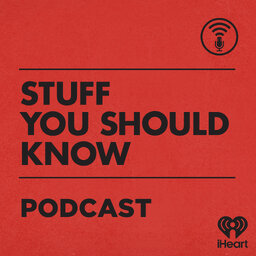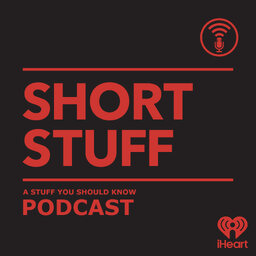The Science of Cute
If you took our advice and looked up baby beavers a few episodes back, you probably found them sooooo cute you couldn’t stand it. Or you just wanted to eat them up, which is weird if you think about it. Friend, prepare for the science on that!
Learn more about your ad-choices at https://www.iheartpodcastnetwork.com
 Stuff You Should Know
Stuff You Should Know


